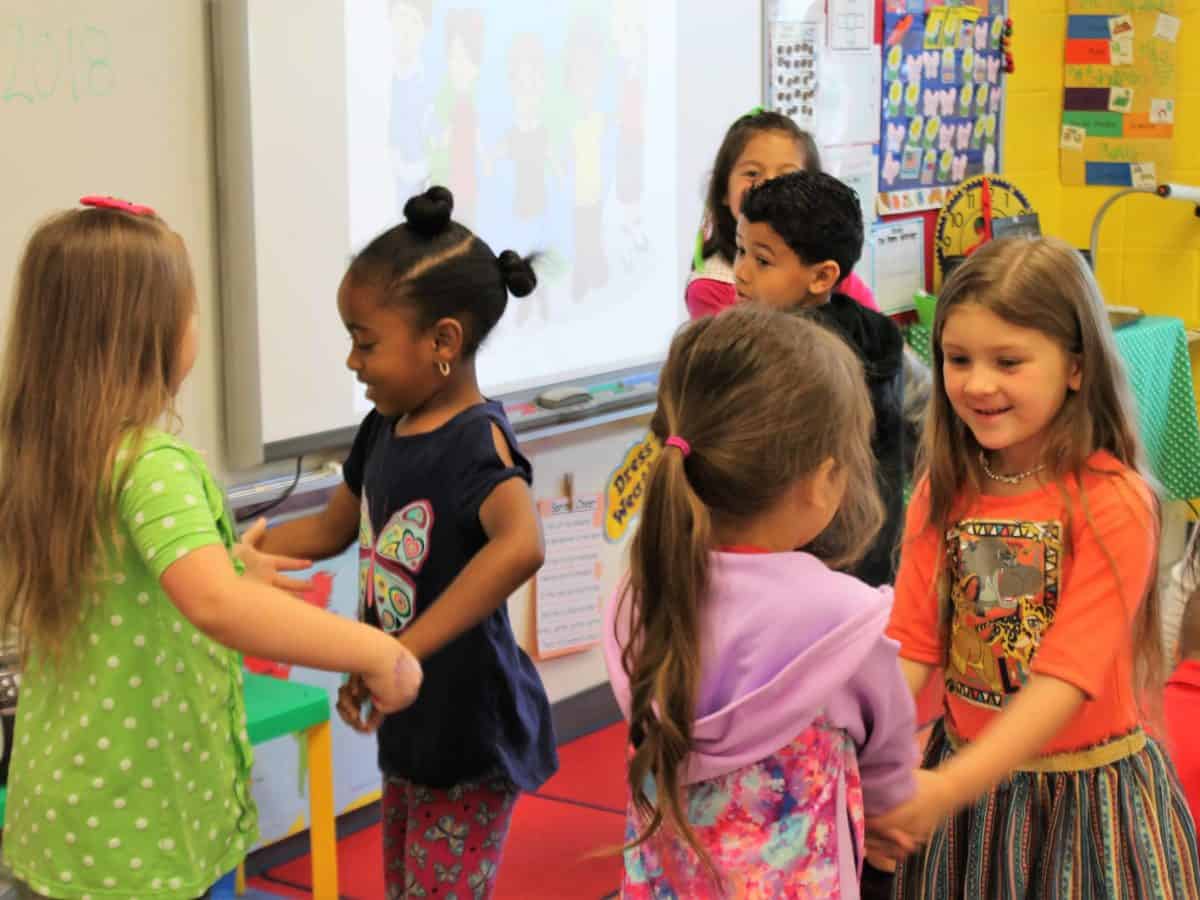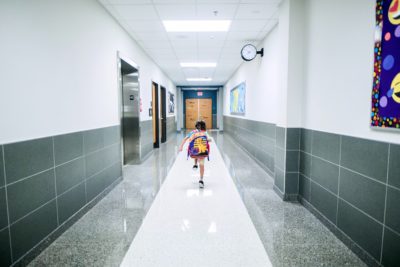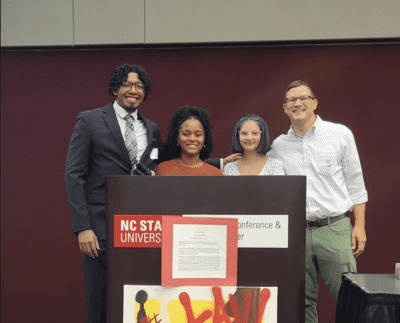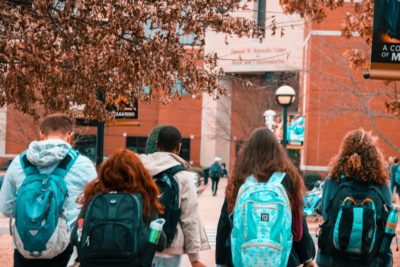
Fall is the perfect season to explore the landscape, communities, cultures, and people in the state of North Carolina. The fall season brings vibrant harvest festivals with tobacco tying competitions, outdoor music festivals under clear starry skies, and the iconic state fair in Raleigh each October. North Carolina is richly diverse, from its varied landscape and broad industry base to the cultural and linguistic diversity of the people.
Few people likely realize that among North Carolinians, more than 330 languages are spoken in the home, and there are more than 133,000 K-12 multilingual (ML) students who are identified as receiving specialized language learning support services. And the number is growing. Those students and families contribute extensive resources to the state such as linguistic and cultural knowledges that go largely left unnoticed.
As a new North Carolinian who examines linguistic diversity in rural communities, I had the good fortune to spend some of the fall season getting acquainted with the regions and people of the state. Educators from across Chatham, Edgecombe, Franklin, Granville, Harnett, and Johnston counties welcomed me to their districts to talk about their work with linguistically diverse students and families, and how their rural schools are responding to increases in linguistic diversity. I traveled to some of those districts multiple times. I took copious notes of educators’ stories and noted their commitment to improve learning for rural ML students. Educators shared both innovative approaches to meeting the needs of those students, as well as the challenges that they continue to face.
Below I share four key things that I have learned from educators of rural ML students and offer three action items that can build into the linguistic strengths and resources of our state in ways the lead to innovative and equitable education for our ML students and families.
Four learnings
One of the most interesting things I learned was that the ratio of English as a second language (ESL) specialist teachers to identified ML students varied significantly. The ratios were surprising, ranging from 30:1 in one district up to 120:1 in another.
Importantly, the primary model of instruction for ML students in N.C. is ESL pull-out. These are programs where specialist ESL teachers take students out of regular instruction to receive English language learning support. Research shows that ESL pull-out programs are generally the least effective model of instruction for ML students. However, clearly higher or lower ratios of ESL teachers to ML students also impacts student learning.
A related second issue is that educators, leaders, and parents expressed a desire to increase and extend dual language immersion (DL/I) programs into the middle and high school. They see the benefits of bilingualism and biliteracy for students who participate. Research shows that DL/I programs are the most promising model of instruction for ML student learning. Note that the program models I am referring to are prototypes, and other factors such as quality and preparation of the (bilingual) teacher, bilingual curriculums, leadership, and family engagement also affect ML student learning.
Third, educators repeatedly noted that they need regular access to interpretation and translation services in Spanish, which is the language used by 76% of our ML students, as well as in lesser-used languages. Our federal education policies require educators to communicate with families in languages they understand wherever possible; Spanish is a common language used across the U.S. In addition, professional interpretation is required for communication with families of students with special learning needs under the IDEA. Some solutions could include teleservices that districts can (and should) be using on a regular basis.
Finally, educators note that family engagement remains a challenge. Families from culturally and linguistically diverse backgrounds have different frames of reference for school-home activities, engagement, and communication. And ML families have inequitable access points to things like student information systems (SIS) and communication pathways. We need to think creatively and in nontraditional ways about where, how, and when we partner with families in ways that meet their needs. Those will vary by student, school, and district but hold tremendous potential to positively affect ML student learning.
Three action items
As a response to this informal listening tour, there are a few simple things I believe we can do to harness the linguistic and cultural strengths of ML students and families in our schools.
First, we need to address the significant variation in the number of ESL specialists for ML students. Districts make tough funding decisions daily, particularly in the current economic climate, and the need for ESL and bilingual specialists falls squarely under the broader umbrella of teachers leaving the profession across the country.
Rural communities face even more challenges recruiting and retaining teachers. Undoubtedly, without financial incentives (such as pay for specialist master’s degrees) and a true living wage for teachers, high-quality education will remain a challenge for all students — but for MLs in particular.
Second, despite the state offering a Seal of Biliteracy for high-achieving bilingual and biliterate students on their high school diploma, none of the educators I spoke with knew about this. One new, first-year teacher who is bilingual and biliterate wondered if she could have the seal retroactively added to her high school diploma. We need to get the word out and promote the linguistic strengths of our students, and the seal is one way to do so. Here is how one rural educator managed to do so.
Third, we should be working with our bilingual and biliterate students and identify those students as future educators and for our growing DL/I programs. The state has tremendous linguistic resources in the students and families we serve. We need to harness those resources and not squander them. To that end, we can identify funding sources to provide scholarships for students to attend college or university to become educational leaders and teachers.
Recommended reading



